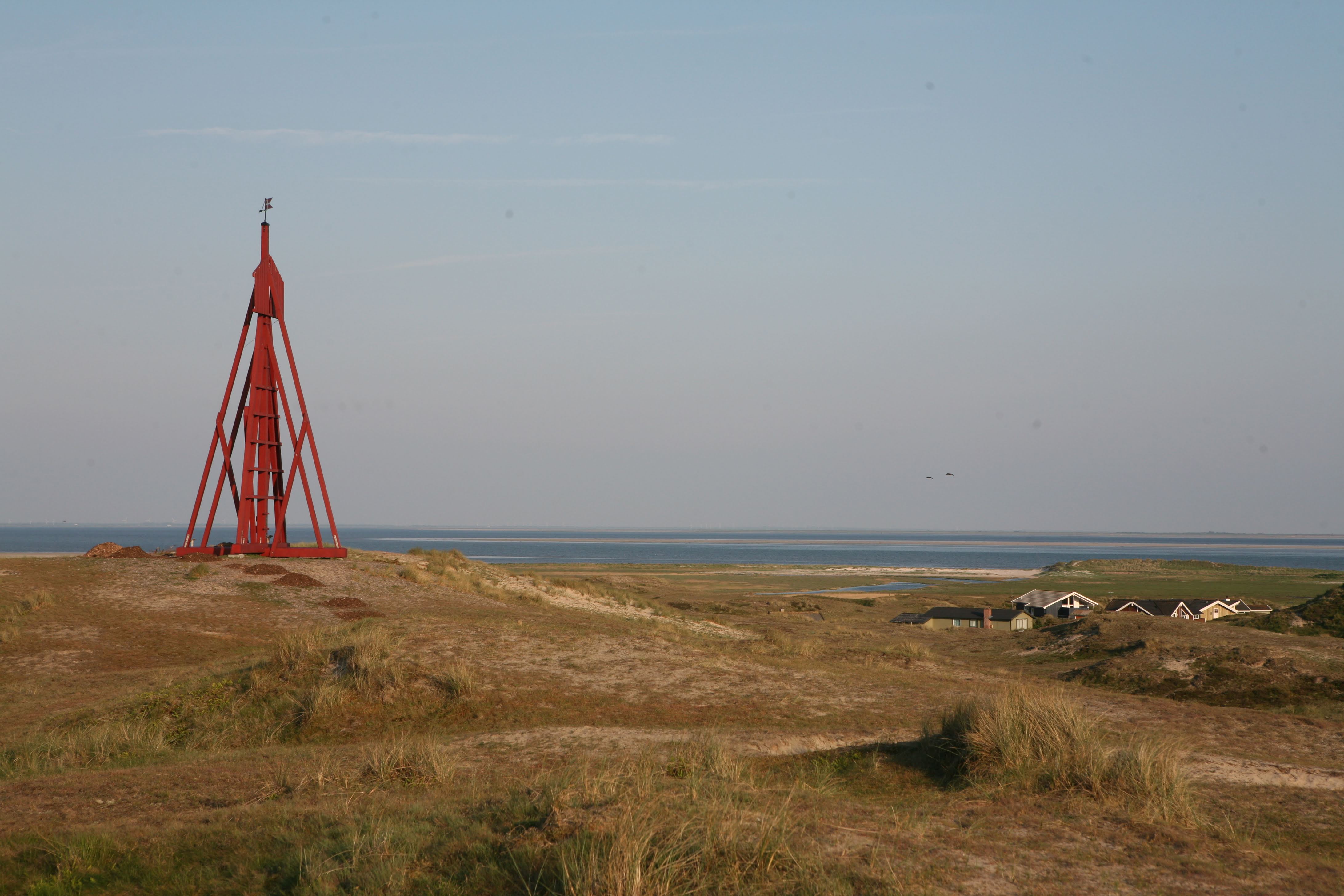Fanø- a Maritime Superpower
There have been sailors on Fanø for many centuries. They went to other places to seek employment, but from the 1760' s the people of Fanø started their own shipping companies and started building ships on Fanø. It was a difficult task, they had to import all wood from the mainland.
The shipyards - in both Nordby and Sønderho - were situated directly on the beach.
The 1850's were the golden days of shipbuilding on Fanø. There was nine shipyards and all together they were employing 100 workers. Plus a number of sub-contractors.
From 1768 to 1896, a total of 1100 ships were build on Fanø. In the beginning a lot of small ships but gradually they became bigger. From the mid 1860's the local shipyards were no longer able to meet the demand. At the same time, the harbour in Sønderho began having problems with silting.
In the 1880's the shipping companies went from wooden ships to iron and steel ships and the last Fanø ship was build in 1896. The size of the ships also made it impossible to use Fanø as harbour. Sailing ships were also being replaced by steam ships and by 1919 all shipping companies had moved to other harbours.
The maritime era brought wealth and inspiration from other parts of the world to Fanø. The beautiful mansions build by the captains can still be seen.
A lot of the traditions, the dances, the music, the costumes and the traditional food is related to the maritime era, but are still an important part of everyday life in Fanø.
In Nordby is the Fanø Shipping and Dress Collection, which, as the name suggests, tells about Fanø's heyday within shipping. In addition, the museum has a large collection of traditional Fanø costumes. Fanø Museum is a typical local history museum that tells about daily life in the 18th and 19th centuries.
In Sønderho is the Fanø Art Museum and Hannes Hus, which is decorated like a typical home from the early 1900s.
Faience dogs on Fanø
In many, many windows here on Fanø we can see the two faience dogs with their black muzzles and somewhat sad expressions. In the period 1860-1900, dogs were the souvenir that all Danish sailors were expected to take home to wives or girlfriends from English ports.
The two dogs - who are always in pairs - sit on their hindquarters, facing each other and, according to tradition, symbolize fidelity and security. When the two dogs look out the window, the man is at sea. And when they look into the living room, he is home.
At the harbor in Nordby stands a sculpture with dogs - made by Poul Isbak.
